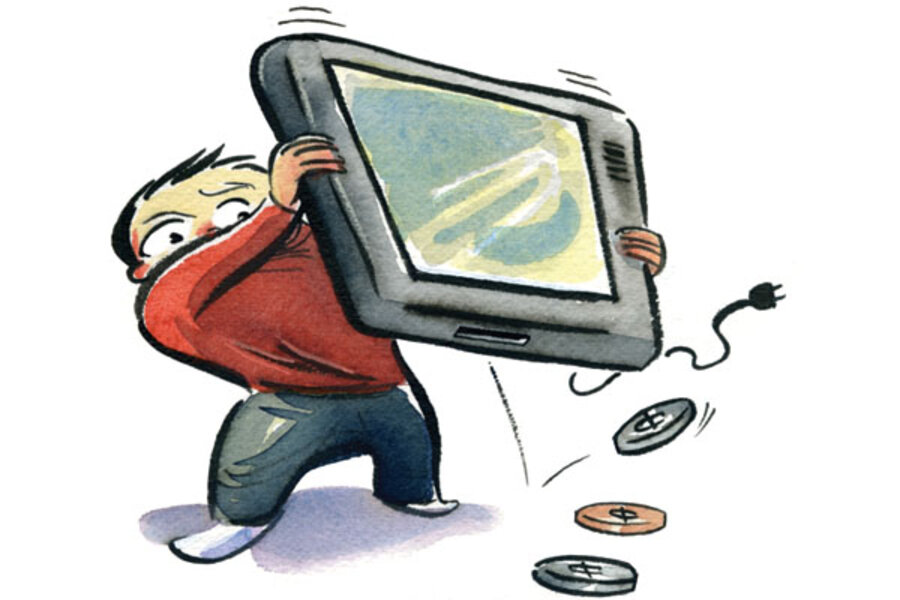Cut the cord: Which TV streaming services are worth the money?
Loading...
After years of Americans grumbling over high cable bills, 2013 appears to be the year that some actually started to cut the cord. Since January, the number of cable-TV subscriptions in the United States fell by nearly 1 million, says an industry analyst. Over the same period, Netflix subscriptions jumped by 3.9 million.
Ditching cable can bring substantial savings. The average bill for expanded basic cable, the most popular package, is about $54 a month, according to a federal study. Netflix and Hulu Plus, on the other hand, each offer huge online libraries of shows and movies for $8 a month.
If your family wants to nix its cable bill, here are four alternatives worth checking out.
Netflix: For $8 a month, you get unlimited access to many movies and TV shows, including several popular Netflix exclusives, such as the Emmy-winning "House of Cards" and "Orange is the New Black." Its massive video archive makes it easy to enjoy series that you missed or to catch up before a new season starts.
Hulu: Unlike Netflix, Hulu gets episodes of many shows the day after they air. The service is free through computer Web browsers, but $8 a month unlocks past seasons and the ability to watch on TVs, smart phones, and tablets.
iTunes: Apple's online store serves up videos a la carte. Rather than pay a subscription fee, you can rent or buy videos, including episodes a day after they première.
Amazon: For $79 a year, Amazon Prime streams past seasons of popular shows – plus offers deals on e-books, free two-day shipping on Amazon purchases, and other goodies. The online retailer also has an iTunes-style pay-per-video store for recent TV episodes and movies.
These cable alternatives have some clear disadvantages. There's barely any access to sports, live events, local programming, or premium shows (such as those from HBO). And you'll need high-speed Internet access, which may put you back in the clutches of cable companies.
These streaming services work on a computer, but watching online video from your couch might require some hardware. If you own a Mac or iPad, an Apple TV ($99) may be a nice addition. The set-top box taps into streaming services as well as your family's music and photos. Video game consoles from Sony, Microsoft, and Nintendo connect to most major services, too. But if you don't plan to play games, they are too expensive. Google's Chromecast ($35) has an impressive price, but it lacks many of the features that make other devices shine. First-time video streamers should look at the Roku 2 ($80). With 750 online "channels," including Netflix, Hulu, and Amazon, it packs a punch.
•Part 2 of two parts. Part 1 ran Tuesday.
For more on how technology intersect daily life, follow Chris on Twitter @venturenaut.
The original version of this article ran in the December 9 issue of the Christian Science Monitor magazine.







